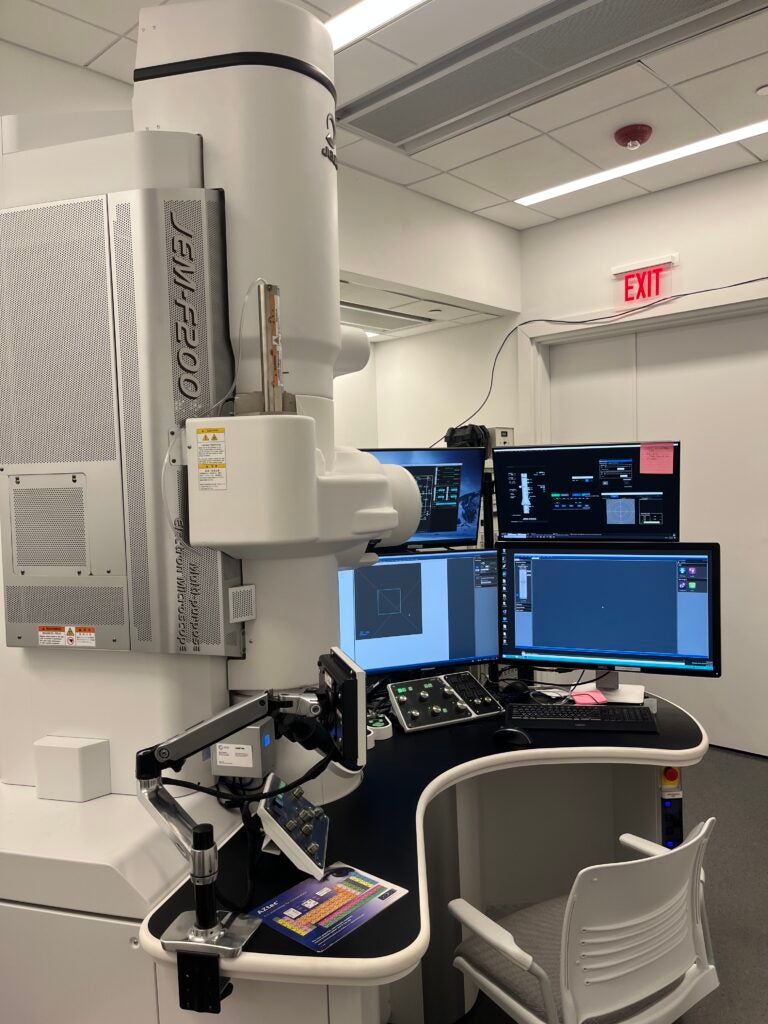Transmission electron microscopy (TEM) is a type of electron microscopy that uses a beam of electrons to image the internal structure of a sample with very high resolution. TEM is a powerful tool for studying the microstructure and composition of materials, and it is widely used in materials science, nanotechnology, biology, and many other fields.
TEM works by passing a beam of electrons through a very thin sample, which interacts with the electrons in the beam to produce an image. The electrons that pass through the sample are then focused onto a fluorescent screen or detector, creating an image that reveals the internal structure and composition of the sample at the nanometer scale.
TEM can be used to study a wide range of samples, including materials such as metals, ceramics, semiconductors, and polymers, as well as biological samples such as cells, viruses, and macromolecules. However, in order to be studied with TEM, the sample must be thin enough to allow electrons to pass through it, typically less than 100 nanometers in thickness.
Instrument : Scanning/transmission electron microscope (S/TEM) JEOL F200 with a cold field emission gun, equipped with a Gatan 626 cryotransfer holder, Gatan RIO9 CMOS camera, Gatan K3 direct electron camera, Gatan Continuum S electron energy loss spectrometer (EELS) and JEOL energy dispersive X-ray spectrometer (EDS). For details and examples visit the JEOL webpage.
Location : Fascitelli Center for Advanced Engineering, Suite 060, 2 East Alumni Avenue, Kingston, RI 02881.
Instrument Manager : Matthew Cabral [Email: matthew.cabral@uri.edu]. Contact engimg@etal.uri.edu for instrument reservation.
Office: Fascitelli Center for Advanced Engineering, 2 East Alumni Avenue, Lower level suite 084, Kingston, RI 02881.
The RIN2-TEM policy should be reviewed completely before requesting an appointment. Contact engimg@etal.uri.edu for instrument reservation.

The use of the facility must be acknowledged in any publications by including the following text in the Acknowledgements section: “The S/TEM data was acquired at the RI Consortium for Nanoscience and Nanotechnology, a URI College of Engineering core facility partially funded by the National Science Foundation EPSCoR, Cooperative Agreement #OIA-1655221. The S/TEM was purchased through an National Science Foundation Major Research Instrumentation grant #1919588.”
